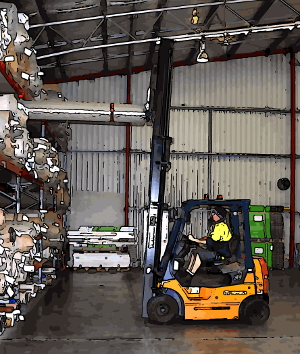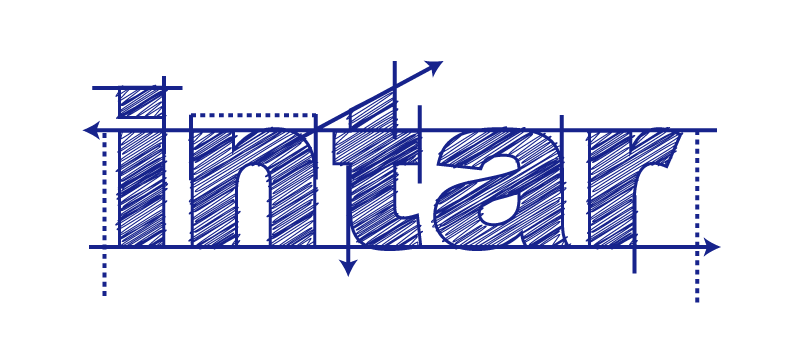Training needs analysis

A training needs analysis is the process of identifying the training that a person or group of people should do. The best way to establish a benchmark for the level of performance required to do a job properly is to talk to the supervisor or manager responsible, and to examine all of the available documents that describe the tasks involved. These documents could include:
- job descriptions or duty statements
- safe operating procedures for the machines or equipment used
- competency standards relating to the job.
Once you have determined the performance standards required, you can then set about comparing it to the worker's current levels of skills and knowledge, and seeing where the gaps are.
This can be done through:
- looking at their employment record and number of years experience in particular areas
- watching them work and asking them questions about their level of knowledge
- discussing their performance with the supervisor or the production manager
- formally assessing them on particular machines or work processes
- finding out about common problems experienced by customers or supervisors.
Using units of competence to determine training needs
Below is a link to a table demonstrating how you can use units of competence to help identify the training needs of an individual or a group of workers. A unit of competence, often simply called 'competency', is a description of a task or skill broken down into its basic elements. We'll talk more about competencies in Section 2 of this guide. But for now let's look at how they can be used to identify the training needs of a forklift driver.
Training needs identification - Forklift Driver
Note that for the purposes of this example, only three competencies are shown. In practice, there would be as many competencies used as are relevant to the job being analysed. In the case of a forklift driver, it would include the regulatory unit: TLILIC2001 - Licence to operate a forklift truck.
You can see that the table above only uses the elements from the competencies to describe the various aspects of the job. This helps to keep it straightforward and easy to follow.
For a more detailed analysis, you should also look at the other components that make up each of the competencies.
In particular, you should closely check the Performance evidence and Knowledge evidence lists shown in the 'Assessment requirements' section of the unit.
The final table that you develop for your actual training needs analysis would also include the company job description for the forklift driver, as well as any safe operating procedures and other policies they are required to follow.
Combining a job analysis and training needs questionnaire
Set out in the link below is an example of a questionnaire form that combines a job analysis with a training needs analysis. Although it's possible for the learner to complete the questionnaire themselves, it is much better if you use the form as a guide to the questions you should ask in a face-to-face interview. This will let you discuss the learner's answers with them, and get all of the background information you need to carry out a sound analysis of their needs. It will also let you explore future directions they may wish to take in their careers.
Job and training needs questionnaire

